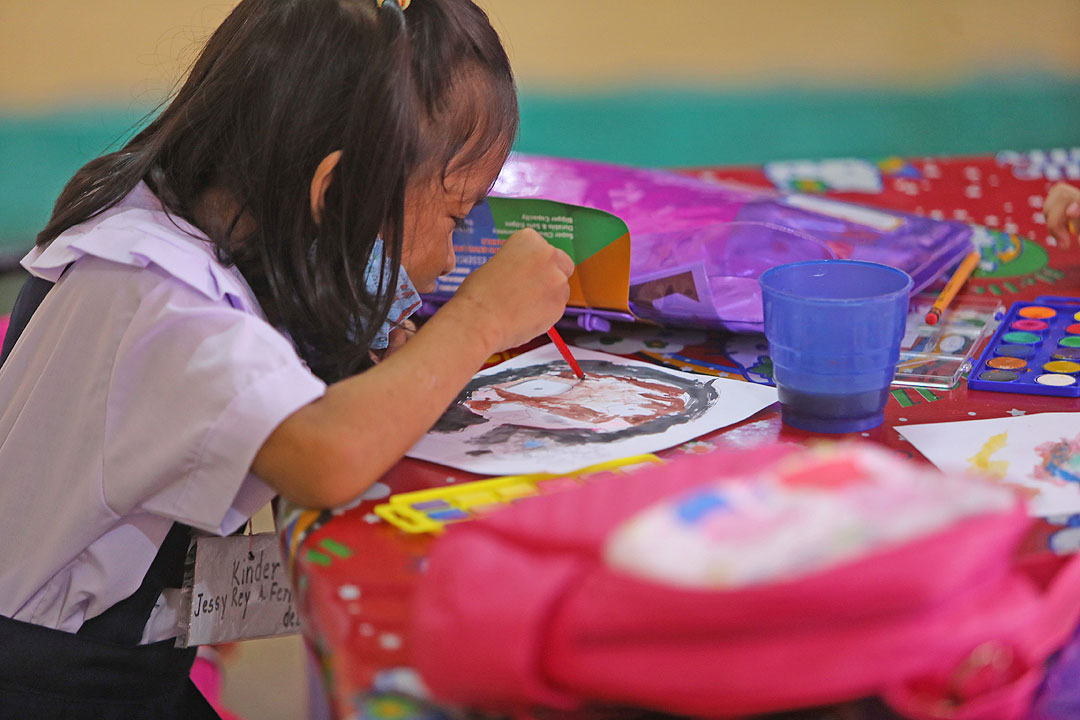World Bank backs PHL development agenda

THE WORLD BANK has vowed to assist the Philippines in implementing projects that seek to boost primary education in Mindanao and improve farmers’ and fisherfolks’ access to markets, according to Malacañang.
Anna Bjerde, World Bank managing director for operations, made a courtesy call to the Cabinet on Tuesday “to align the Bank’s priorities with the Philippines’ development agenda,” the Presidential Communications Office said in a statement.
During the meeting, Ms. Bjerde renewed World Bank’s commitment to supporting the Philippines’ development agenda on renewable energy transition, food and agriculture, water and sanitation, innovation, and digitalization, the PCO said.
Among the programs discussed were the Teacher Effectiveness and Competencies Enhancement Project (TEACEP) and Philippine Rural Development Project (PRDP) Scale-Up.
TEACEP aims to improve the quality of and access to teaching in Kindergarten to Grade 6 in the Bangsamoro Autonomous Region in Muslim Mindanao, Zamboanga Peninsula, and Soccsksargen in Mindanao.
PRDP Scale-Up, meanwhile, seeks to build a “modern, value-chain oriented, and climate resilient” agriculture and fisheries sector. It is jointly funded by the World Bank, the National Government, and local government units.
The World Bank-International Bank for Reconstruction and Development is the Philippines’ third-largest official development assistance partner, with active loans and grants amounting to around $6.8 billion, the PCO said.
During the meeting, Ms. Bjerde noted the Philippine economy’s recovery is “aided by a substantial reduction in coronavirus disease 2019 (COVID-19) cases.”
The Philippines has already relaxed a number of COVID-19 restrictions, including the mask-wearing policy and mandatory COVID-19 testing for inbound passengers.
While there is a rise in hospital admissions for COVID-19 infections, Health authorities said there is no significant increase in critical and severe cases.
Ms. Bjerde said the multilateral lender is also committed to helping the Philippines achieve its goal of becoming a predominantly middle-class society by 2040.
She recognized the country’s young and “skilled labor force” and “sound macroeconomic policies” during the meeting, the PCO said.
“The World Bank is committed to supporting the Philippines to achieve long-term inclusive and sustainable growth, attain upper middle-income country status, and eventually become a predominantly middle-class society by 2040,” Ms. Bjerde said.
Under the Philippine Development Plan, the government aims to have a “prosperous, predominantly middle-class society where no one is poor” by 2040.
The government is targeting to reduce the poverty incidence rate to 16.4% this year, 13.2% by 2025, and 9% by 2028.
In 2021, poverty incidence among individuals jumped to 18.1% from 16.7% in 2018. The number of Filipinos living in poverty rose by 2.322 million to 19.992 million in 2021.
The World Bank also noted its commitment to help the Philippines become an upper middle-income country. The government is targeting to achieve upper middle-income status by 2025.
The Philippines is currently classified as a lower middle-income country, with gross national income per capita of $3,640 in 2021. An upper middle-income country has a per capita income range of $4,256-$13,205. — Kyle Aristophere T. Atienza and Luisa Maria Jacinta C. Jocson
